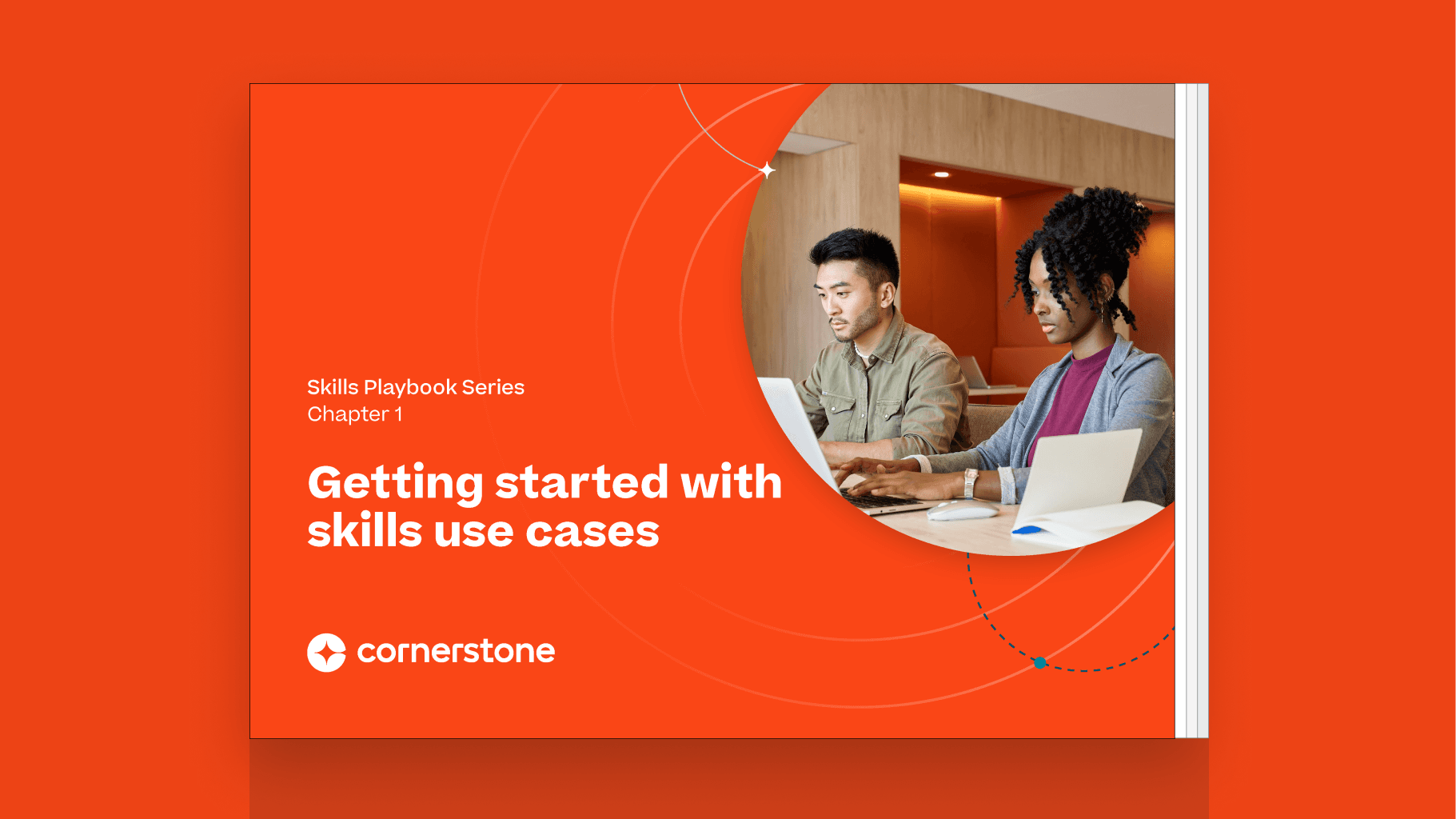Over the past year, employees have enjoyed some new work-from-home habits. They can wear sweatpants all day or adjust their working hours to fit other tasks like taking care of children or running personal errands into their day.
But not all of these habits are worth keeping. Some of the worst habits we picked up during the pandemic have to do with how we hold meetings.
Virtual meetings are inherently more casual, and it’s easier to multitask or become distracted during them — especially with your camera turned off. Virtual meetings are also more tiring and are happening more frequently since the start of the pandemic.
As employees begin returning to physical offices, it will be important for organizational leaders to set clear expectations around in-person meeting etiquette and, where possible, rethink meetings altogether.
Managers have largely debated if video meeting etiquette requires employees to keep cameras on during work meetings — many leaving it up to employee preference. But when offices re-open, there will be no camera to turn off.
The casual nature of video-meeting etiquette will differ from traditional face-to-face etiquette. Communicate clear expectations for appropriate in-person meeting behaviors, and discuss topics like proper dress code, eating during meetings and phone usage. These seemed like simple rules before the pandemic, but the lines are now blurred.
According to a 2020 study from the National Bureau for Economic Research, the number of meetings during the average workday has increased by 12.9% and their number of attendees has increased by 13.5% over the past year. During the pandemic, newly remote teams felt they had to have more meetings to remain productive and collaborative.
But this increase made the workday longer and more tiresome for employees.
Business leaders now have an opportunity to fix this pandemic-induced habit. They can start replacing meetings with emails where possible and asking managers to honor their employees’ work-life boundaries and minimize communication outside of work hours. Also, managers should regularly check in with their employees to make sure that they’re adjusting well.
Video meeting habits may trickle into in-person behaviors after offices reopen — some people may inadvertently continue to schedule too many meetings as well.
But by reminding employees about proper meeting behaviors when they return and consistently looking for ways to reduce the time spent in meetings, organization leaders can add ease to the transition back to the office.

